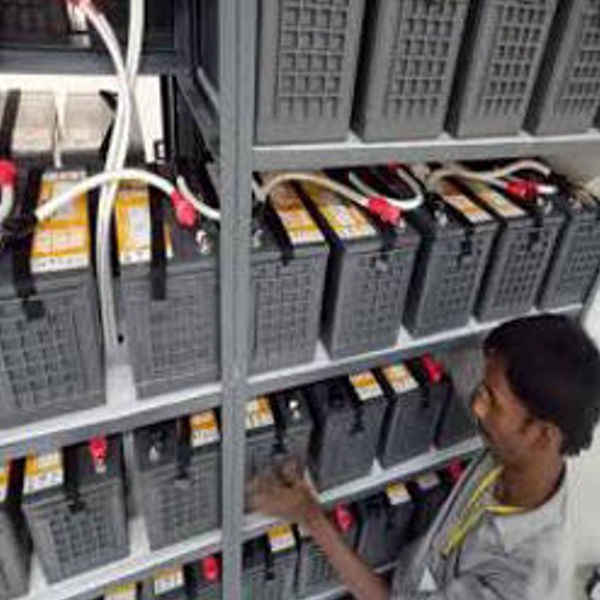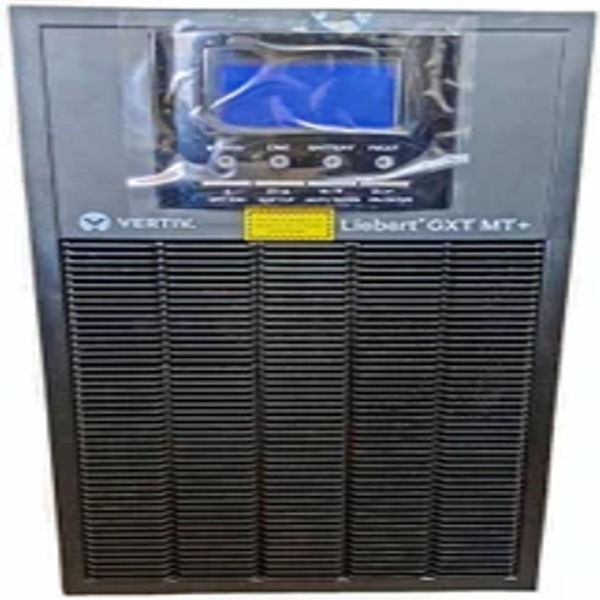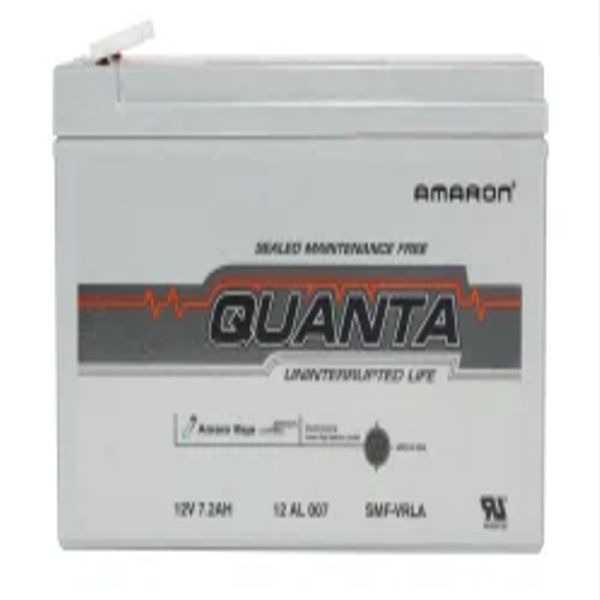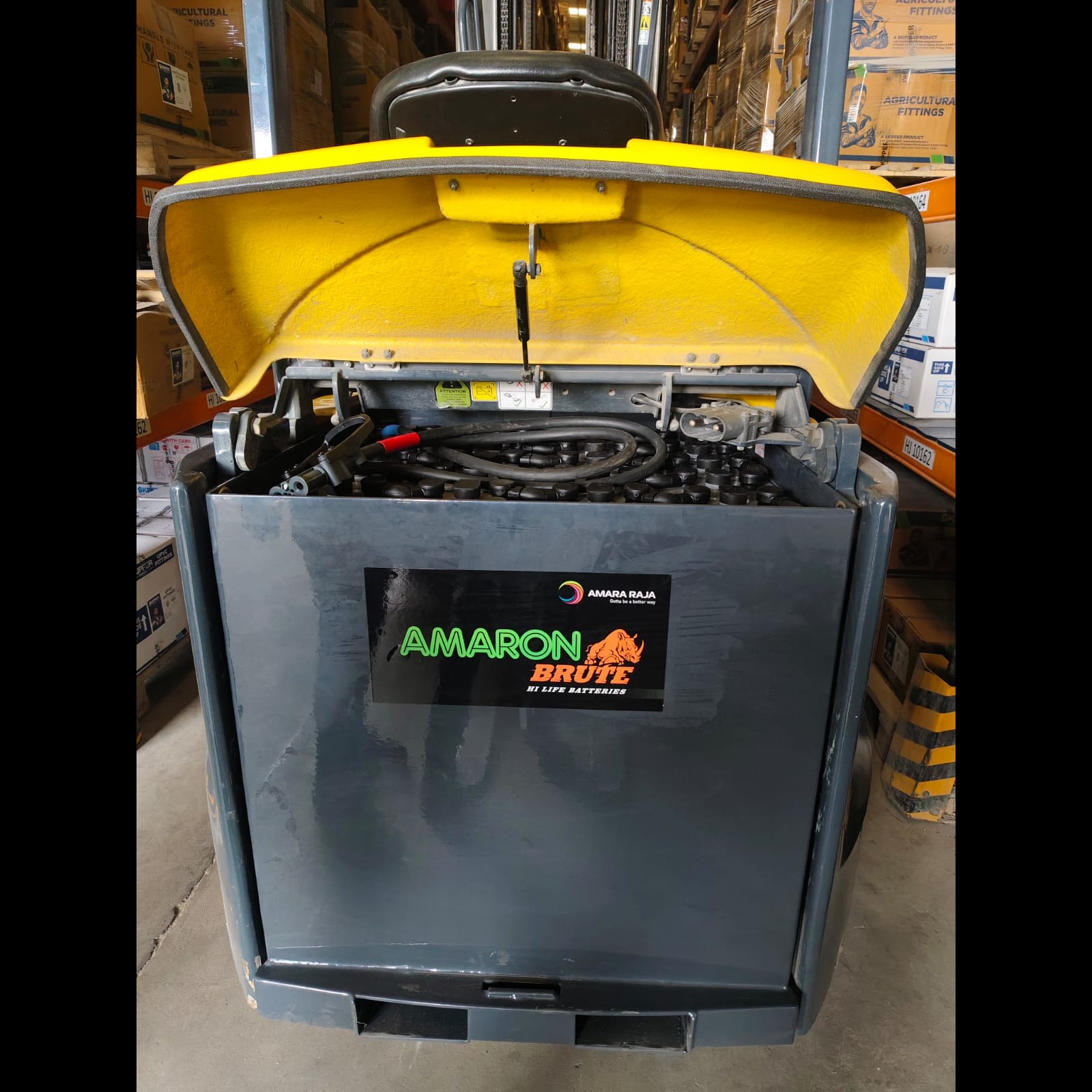
UPS Battery Maintenance
1. Routine Inspections
Visual Checks: Inspect for physical damage, leaks, or corrosion.
Connections: Ensure terminals are clean and tightly connected.
Voltage Levels: Monitor the voltage levels of individual batteries.
2. Cleaning
Terminals: Clean terminals with a solution of baking soda and water if corrosion is present.
Casing: Wipe down the battery casing to remove dust and dirt.
3. Battery Testing
Load Testing: Perform load tests periodically to check battery performance under load conditions.
Capacity Testing: Measure the capacity of batteries to ensure they meet specifications.
4. Watering (For Flooded Batteries)
Electrolyte Levels: Check and maintain electrolyte levels in flooded lead-acid batteries.
Top-Up: Use distilled water only; avoid overfilling.
5. Temperature Monitoring
Ambient Temperature: Ensure batteries are operating within recommended temperature ranges.
Cooling: Maintain proper ventilation and cooling systems.
UPS Battery Repair
1. Common Issues
Sulfation: Accumulation of lead sulfate crystals; can be mitigated with equalization charging.
Corrosion: On terminals and connectors can lead to poor connections and efficiency loss.
Cell Failure: Individual cell failures can lead to reduced capacity; replacing the faulty cell may be necessary.
2. Repair Procedures
Reconditioning: Some batteries can be reconditioned through specialized charging techniques.
Replacing Components: Damaged connectors or terminals may be replaced to restore functionality.
Annual Maintenance Contract (AMC)
1. What is AMC?
An AMC is a service agreement where a maintenance provider offers regular service and support for UPS systems,
including batteries.
2. Components of AMC
Scheduled Inspections: Regular checks and preventive maintenance.
Battery Replacement: Often included as part of the contract, covering periodic battery replacement.
Emergency Repairs: 24/7 support for urgent repairs and troubleshooting.
Reporting: Detailed reports on battery performance, maintenance actions taken, and recommendations.
3. Benefits of AMC
Cost-Effective: Reduces unexpected repair costs and ensures budgeting.
Expertise: Access to trained professionals with specialized knowledge.
Improved Reliability: Regular maintenance minimizes the risk of UPS failure.
Peace of Mind: Assurance that the UPS system will function correctly when needed.
Best Practices
Documentation: Keep detailed records of maintenance activities and repairs.
Training: Ensure staff are trained in basic UPS and battery maintenance procedures.
Vendor Selection: Choose a reliable service provider with experience in UPS maintenance.
Conclusion
Regular maintenance, prompt repairs, and an AMC can significantly extend the lifespan of UPS batteries and ensure reliable operation.
Keywords
An AMC
basic UPS
load tests
baking soda
UPS failure
UPS systems
faulty cell
24/7 support
UPS batteries
Visual Checks
prompt repairs
urgent repairs
Regular checks
Voltage Levels
battery casing
cooling systems
distilled water
efficiency loss
physical damage
regular service
UPS maintenance
load conditions
poor connections
reduced capacity
Vendor Selection
detailed records
Detailed reports
Capacity Testing
Flooded Batteries
Emergency Repairs
service agreement
Repair Procedures
Cleaning Terminals
Damaged connectors
proper ventilation
temperature ranges
Electrolyte Levels
reliable operation
UPS Battery Repair
lead-acid batteries
Ambient Temperature
Regular maintenance
maintenance actions
Routine Inspections
battery performance
Replacing Components
Improved Reliability
individual batteries
maintenance provider
specialized knowledge
equalization charging
lead sulfate crystals
maintenance activities
preventive maintenance
UPS Battery Maintenance
unexpected repair costs
Common Issues Sulfation
Individual cell failures
5. Temperature Monitoring
AMC Scheduled Inspections
reliable service provider
Annual Maintenance Contract
periodic battery replacement
Best Practices Documentation
Battery Testing Load Testing
battery maintenance procedures
specialized charging techniques



